Food is more than just nourishment—it’s memory, history, and celebration served on a plate. In Black communities across the globe, recipes are passed down like heirlooms, seasoned with love, resilience, and deep cultural pride. From slow-simmered collard greens to the spicy warmth of jollof rice, these soulful dishes aren’t just meals—they’re stories, traditions, and bonds that connect generations. This curated list of 27 time-honored recipes honors Black heritage through flavor, family, and culture. Whether you’re rediscovering a beloved favorite or tasting something new, each bite invites you to experience the richness of a legacy that’s bold, flavorful, and unforgettable.
1. Jollof Rice
One pot of jollof rice can spark friendly debates across West Africa about which country makes it best. This tomato-infused rice dish glows with a vibrant red-orange hue from scotch bonnet peppers and a blend of spices that varies by region.
Nigerian jollof tends to be spicier, while Ghanaian versions often incorporate more aromatics. The dish represents celebration, appearing at weddings, naming ceremonies, and family gatherings.
Traditionally cooked over open flames, jollof develops a distinctive smoky flavor and a coveted crispy bottom layer called “bottom pot” that family members might playfully compete for at the dinner table.
2. Fufu with Egusi Soup
Smooth, stretchy fufu sits at the center of many West African meals, acting as both utensil and staple. Made by pounding cassava, plantains, or yams into a stretchy dough, fufu becomes the perfect vehicle for rich, nutty egusi soup.
Egusi, made from ground melon seeds, creates a thick, protein-rich base filled with leafy greens, palm oil, and often fish or meat. The ritual of eating fufu involves pinching off a small piece, forming a divot with your thumb, and using it to scoop up the flavorful soup.
Families gather around communal bowls, bonding through this tactile dining experience that celebrates abundance and togetherness.
3. Soup Joumou
Every January 1st, Haitian families worldwide prepare this sunshine-yellow squash soup to commemorate their independence day. During colonial rule, enslaved Haitians were forbidden from consuming this delicacy reserved only for French plantation owners.
After winning independence in 1804, Haitians reclaimed soup joumou as a symbol of freedom. The hearty blend features calabaza squash, beef, vegetables, and pasta enriched with lime, scotch bonnet peppers, and herbs.
Beyond its historical significance, the soup represents community resilience – many families prepare extra portions to share with neighbors, continuing a tradition of solidarity that helped sustain Haitians through revolution and beyond.
4. Gumbo
Named after the West African word for okra (“ki ngombo”), this iconic Louisiana stew represents the beautiful cultural fusion at the heart of Creole cuisine. The base begins with a carefully tended roux – flour slowly browned in fat until it reaches the perfect mahogany color.
Regional variations abound: seafood gumbo along the coast, chicken and sausage inland, and some versions featuring filé powder (ground sassafras) introduced by indigenous Choctaw people. The “holy trinity” of bell peppers, onions, and celery forms the aromatic foundation.
Family gumbo recipes are treasured heirlooms, with techniques passed down through generations during kitchen-side cooking lessons where measurements are often “a little of this” and “until it looks right.”
5. Jambalaya
From humble beginnings as a practical solution for stretching ingredients, jambalaya evolved into a celebration dish that fills homes with its irresistible aroma. Spanish settlers in Louisiana attempted to recreate paella using local ingredients, while West African cooks incorporated their jollof rice traditions.
The result? A distinctly American creation with deep multicultural roots. Creole jambalaya (“red jambalaya”) includes tomatoes, while Cajun versions develop a browner color from meat browning.
What makes family recipes special are the personalized touches – some add pickled pork for tanginess, others incorporate specific seafood combinations, but all share the communal spirit of feeding many mouths from a single, magnificent pot.
6. Hoppin’ John
Southern grandmothers insist that eating Hoppin’ John on New Year’s Day brings good fortune for the coming months. This simple yet profound dish combines black-eyed peas (representing coins) with rice and pork, usually flavored with onion and bay leaves.
Its origins trace back to enslaved West Africans who cultivated rice in the Carolinas, adapting their homeland recipes with available ingredients. The name itself might derive from the French “pois à pigeon” (pigeon peas), transformed through Gullah Geechee language.
Traditionally served alongside collard greens (representing money) and cornbread (representing gold), the complete New Year’s meal embodies the hope and resilience that sustained Black communities through challenging times while celebrating prosperity to come.
7. Collard Greens
The gentle simmer of collard greens might be the most comforting sound in a Southern kitchen. These hearty leaves transform during their long, slow cook with smoked ham hocks or turkey necks, releasing what’s lovingly called “pot likker” – a nutrient-rich broth treasured as much as the greens themselves.
During enslavement, Black cooks turned these often-discarded tough greens into sustenance through low, slow cooking methods.
The addition of vinegar or hot sauce at the table cuts through the richness while adding brightness. Sunday dinners and holiday tables wouldn’t be complete without this dish that represents both survival ingenuity and culinary mastery – proving that patience transforms humble ingredients into something transcendent.
8. Black-Eyed Peas
These humble legumes traveled from West Africa to American plantations with enslaved people, becoming a crucial protein source and cultural touchstone. Unlike many crops, black-eyed peas were often left for enslaved communities to grow and harvest, creating a foundation for survival and culinary tradition.
Their distinctive black “eye” gives them their name, while their creamy texture makes them perfect for both simple preparations and complex stews. Beyond Hoppin’ John, they shine in Texas Caviar (a zesty cold salad) and akara (West African fritters).
Cooking methods vary by family – some insist on soaking overnight, others add baking soda for tenderness, but most agree that a slow simmer with onions and a smoky ham hock creates the most soulful flavor profile.
9. Cornbread
Arguments about sugar in cornbread can divide otherwise peaceful family reunions. Northern Black communities often prefer a sweeter version, while Southern traditionalists insist on savory cornbread with crispy edges from cast iron skillets heated until they smoke.
This quick bread emerged from the fusion of European wheat-based baking techniques with Native American corn cultivation. During enslavement and beyond, cornmeal provided accessible sustenance when wheat flour was scarce or prohibited.
The perfect cornbread achieves a delicate balance – moist inside with a crispy exterior, substantial enough to hold up when dipped into pot likker from greens or sopped in gravy, yet light enough to complement rather than overwhelm the main dishes.
10. Fried Chicken
The secret to transcendent fried chicken often lies in the overnight buttermilk soak that tenderizes the meat while adding subtle tanginess. African American cooks elevated this dish into an art form, with techniques refined and guarded across generations.
Many grandmothers double-dredge their chicken in seasoned flour for extra crispiness, while others add cornstarch for an airy crunch. The frying temperature follows a rhythm known by feel rather than thermometer – starting higher to seal the coating, then lowering to cook through without burning.
Reserved for Sundays and special occasions when families gathered after church, this labor-intensive dish represents care and celebration. The specific spice blend in the coating often serves as a family’s culinary signature, with recipes fiercely protected yet generously shared.
11. Smothered Chicken
When chicken meets a silky brown gravy and slow-cooks until fall-apart tender, magic happens on the plate. This quintessential soul food technique of “smothering” transforms everyday ingredients into a dish worthy of special occasions while stretching limited resources to feed many mouths.
The process begins by browning seasoned chicken, then building a roux in those same flavorful drippings. Onions cook down until caramelized, creating sweet notes that balance the savory depth. Families serve this over rice to capture every drop of gravy, often alongside quick-pickled vegetables for brightness.
While seemingly simple, achieving the perfect consistency requires the intuitive timing that comes from watching elders in the kitchen – knowing exactly when to cover the pan and when to let it reduce.
12. Beer-Braised Short Ribs
The rich aroma of short ribs slowly braising in beer and aromatics has become a contemporary classic in Black family gatherings. This dish brilliantly showcases the tradition of transforming tough cuts through patient cooking into tender, flavor-packed masterpieces.
The caramelized exterior achieved by searing the meat before braising creates depth, while the beer (often a dark stout) tenderizes and adds complex bitter notes. Many cooks incorporate traditional African American flavor profiles with smoked paprika, garlic, and sometimes a touch of brown sugar to balance the dish.
Modern family recipes might include unexpected additions like coffee or balsamic vinegar, representing how Black culinary traditions continue to evolve while honoring the fundamental techniques that turned necessity into celebrated cuisine.
13. Macaroni & Cheese
The appearance of a bubbling dish of macaroni and cheese at the family table can elicit more excitement than the main course. Unlike its boxed counterpart, soul food mac and cheese achieves a perfect balance of creamy and structured – you can cut it into squares while it maintains its rich, molten interior.
The cheese blend varies by family tradition, but often includes sharp cheddar for flavor, colby for meltability, and sometimes a surprise ingredient like smoked gouda. Many recipes incorporate evaporated milk for richness without separation during baking.
The coveted crispy top layer might come from additional cheese or from buttered breadcrumbs, creating textural contrast. Despite being technically a side dish, this beloved staple claims center stage at holidays and Sunday dinners alike.
14. Candied Yams
The glorious transformation of ordinary sweet potatoes into candied yams happens when butter, brown sugar, and spices meld into a sticky-sweet glaze that caramelizes around tender orange chunks. This dish straddles the line between side and dessert, often appearing alongside savory mains at holiday feasts.
Many family recipes include secret touches – a splash of orange juice for brightness, a hint of vanilla, or even a drizzle of bourbon for complexity. The characteristic spice blend typically features cinnamon, nutmeg, and sometimes a whisper of clove.
Though simple in concept, achieving the perfect texture requires careful attention – the sweet potatoes must become tender without falling apart, while the sauce reduces to a glaze rather than becoming too syrupy or burning.
15. Sweet Potato Pie
Debates about whether sweet potato pie outshines pumpkin pie are settled definitively in most Black households – sweet potato reigns supreme. This silky custard pie celebrates the natural sweetness of root vegetables that sustained generations through winter months.
The filling achieves its velvety texture through careful preparation – roasting rather than boiling the potatoes intensifies their flavor, while hand-mixing prevents the stringiness that comes from over-processing.
Signature spice blends typically include cinnamon, nutmeg, and vanilla, with some families adding ginger or a touch of lemon zest for brightness. The perfect balance comes from not over-sweetening, allowing the sweet potato’s natural earthy notes to complement rather than compete with the buttery crust and warming spices.
16. Peach Cobbler
The sizzle of butter in a hot cast iron skillet signals the beginning of a peach cobbler that will soon fill the kitchen with irresistible fragrance. Unlike precisely layered European desserts, soul food cobbler embraces a beautiful rustic quality where juicy peaches bubble up through golden biscuit topping.
Fresh peaches are traditional during summer months, but many family recipes include instructions for using canned fruit to make this beloved dessert available year-round. The spice profile typically centers on cinnamon and nutmeg, while some add a splash of bourbon or vanilla to deepen the flavor.
Serving temperature sparks friendly disagreements – some insist it must be enjoyed warm with melting vanilla ice cream, while others prefer it at room temperature when the flavors have fully developed.
17. Banana Pudding
The distinctive yellow-and-cream layers of banana pudding signal celebration at family gatherings across America. This no-bake dessert gained popularity during the Great Migration, when families adapted Southern traditions to Northern city life.
While modern shortcuts exist, traditionalists insist on making custard from scratch, achieving a silky texture and rich vanilla flavor that boxed versions can’t match. The perfect assembly requires patience – allowing vanilla wafers to soften slightly from the pudding while maintaining enough structure to hold the layers.
Family recipes reveal personality through small variations – some add a splash of banana liqueur, others incorporate cream cheese for tanginess, and debates continue about whether meringue or whipped cream should crown this beloved dessert that disappears quickly at reunions and church socials.
18. Tea Cakes
Neither quite cookie nor cake, these delicate treats occupy a special place in African American culinary memory. Simpler than European pastries but more refined than everyday cookies, tea cakes provided sweetness during times when sugar was a luxury.
The dough comes together with minimal ingredients – flour, butter, sugar, and eggs – with subtle flavoring from nutmeg or vanilla. Their texture should achieve the perfect balance: crisp edges giving way to a tender, cake-like center.
Many families treasure handwritten recipes with cryptic measurements like “a teacup of sugar” or “butter the size of an egg.” These beloved cookies accompanied afternoon tea or coffee during visits with neighbors, creating moments of sweetness and community during even the most challenging times in Black American history.
19. Southern Potato Salad
Family reunions and church picnics wouldn’t be complete without a giant bowl of potato salad made according to closely guarded recipes. The perfect balance of creamy, tangy, and savory elements comes from the careful addition of mustard, pickle relish, and perfectly boiled eggs.
Technique matters tremendously – potatoes must be cooked until tender but not mushy, cooled before mixing to prevent a gummy texture. Many cooks insist on specific potato varieties, with russets or Yukon golds sparking passionate preferences.
The finishing touch often includes a sprinkle of paprika for color and a subtle smoky note. Though seemingly simple, this side dish frequently becomes the measure by which a cook’s skill is judged, with aunties and grandmothers known throughout the community for their signature versions.
20. Coleslaw
The perfect counterpoint to smoky barbecue comes from coleslaw’s cool crunch and vinegary brightness. Soul food versions often lean toward the tangy rather than creamy spectrum, cutting through rich meats with a refreshing acidity.
Family recipes reveal regional influences – some incorporate a touch of hot sauce for heat, others add bell peppers for sweetness and color. The cabbage preparation becomes a point of pride, with thin, uniform shredding demonstrating knife skills passed down through generations.
Though seemingly straightforward, the dressing requires perfect balance – enough sugar to tame the vinegar’s sharpness without becoming cloying, enough mayonnaise for cohesion without heaviness. This humble side dish exemplifies how cooks transform simple ingredients into essential components that complete a meal.
21. Red Beans & Rice
Historically prepared on Mondays when women would use ham bones from Sunday dinner while tackling laundry day, this one-pot meal represents beautiful practicality. The beans simmer slowly, requiring little attention while creating a rich, creamy texture without cream.
The holy trinity of onions, bell peppers, and celery forms the aromatic base, while smoked meats – ham hocks, pickled pork, or sausage – infuse the dish with deep flavor. Bay leaves and thyme add complexity, though each family adjusts seasonings to create their signature profile.
The perfect consistency allows the beans to maintain their shape while creating a sauce thick enough to coat the rice. Though born of necessity, this humble dish has become so beloved that families continue the Monday tradition even when laundry moved from washboards to machines.
22. Shrimp & Grits
From humble fishermen’s breakfast to celebrated restaurant staple, shrimp and grits tells a story of Gullah Geechee ingenuity along the Carolina coast. Fresh-caught shrimp meet stone-ground grits in a dish that balances simplicity with spectacular flavor.
Traditional preparations begin with cooking grits slowly in water, milk, or both until creamy yet still maintaining their characteristic corn flavor and slight texture. The shrimp preparation varies by family – some prefer a simple garlic and butter approach, while others create gravy with bacon, mushrooms, and green onions.
Contemporary versions might incorporate cheese in the grits or add unexpected elements like tomatoes or cream, demonstrating how living culinary traditions continue evolving while honoring their roots in coastal African American communities where land met sea in delicious harmony.
23. Succotash
This colorful medley celebrates the “Three Sisters” – corn, beans, and squash – crops that Indigenous communities taught early African Americans to cultivate together for mutual benefit. The name derives from the Narragansett word “msíckquatash,” meaning “boiled corn kernels.”
Traditional Black American versions often incorporate lima beans (or butter beans in the South), sweet corn, and sometimes okra – a vegetable brought from Africa. The addition of salt pork or bacon introduces a savory foundation, while red bell peppers add vibrant color and sweetness.
Summer versions showcase fresh produce simply prepared to highlight natural flavors, while winter adaptations might include heavier seasonings and longer cooking times. This dish represents the beautiful cultural exchange and agricultural knowledge that shaped early American foodways across communities.
24. Sorghum Pancakes
Before commercial syrup became widely available, sorghum sweetened breakfast tables across Black America. These distinctive pancakes incorporate sorghum flour – a drought-resistant grain brought from Africa – creating a nutty, complex flavor profile unlike wheat-based versions.
The batter typically includes buttermilk for tanginess and tenderness, while the molasses-like sorghum syrup provides both sweetness and a mineral-rich depth. Some family recipes incorporate cornmeal for additional texture and connection to Southern agricultural traditions.
Though less common today, these pancakes represent agricultural knowledge preserved through generations of Black farmers who cultivated sorghum when other crops failed. The distinctive flavor connects modern breakfast tables to ancestral foodways, especially in regions where sorghum production continues as a heritage craft.
25. Peanut Stew (Maafe)
This hearty, protein-rich stew showcases the culinary ingenuity that traveled from West Africa through the Middle Passage and evolved across the diaspora. Peanuts – originally from South America but widely cultivated in Africa before colonization – create a rich, velvety base packed with nutrition.
Traditional preparation begins by browning aromatics in palm oil, then slowly incorporating ground peanuts (or natural peanut butter in modern adaptations) with tomatoes and stock. The stew welcomes various proteins – chicken, beef, or fish – and typically includes sweet potatoes or root vegetables for substance.
The complex flavor profile balances earthy, sweet, and savory notes, often with a gentle heat from scotch bonnet peppers. Served over rice, this dish connects contemporary Black tables directly to West African culinary heritage while demonstrating how traditions adapt across continents.
26. Bobotie-Style Meat Casserole
This fragrant casserole represents the culinary exchange between enslaved people from various regions who created new traditions in the Americas. Originating in South Africa’s Cape Malay community (formed by enslaved people from Southeast Asia), bobotie traveled to American shores through complex routes of forced migration.
The dish features spiced ground meat – traditionally beef or lamb – studded with dried fruits and topped with a savory egg custard that forms a golden crust during baking. The distinctive flavor profile includes curry powder, turmeric, and sometimes cinnamon or allspice, creating a sweet-savory balance.
In American adaptations, cooks often incorporated local ingredients while maintaining the characteristic contrasting textures and complex spicing that makes this dish a fascinating window into the global connections within African diaspora cuisine.
27. Red Velvet Cake
Few desserts announce “special occasion” quite like the dramatic ruby layers of red velvet cake. Though its origins remain debated, this cake became firmly established in celebrations during the mid-20th century, particularly gaining significance at Juneteenth commemorations where red foods symbolize resilience and sacrifice.
The distinctive color historically came from the reaction between cocoa powder, buttermilk, and vinegar, though modern recipes often include food coloring. The subtle chocolate flavor should whisper rather than dominate, while the tanginess of cream cheese frosting provides perfect contrast.
Family recipes become treasured heirlooms, with some incorporating secret ingredients like beet juice or specific vanilla brands. The cake’s velvety texture – neither as dense as pound cake nor as light as sponge – requires precise technique passed down through generations.
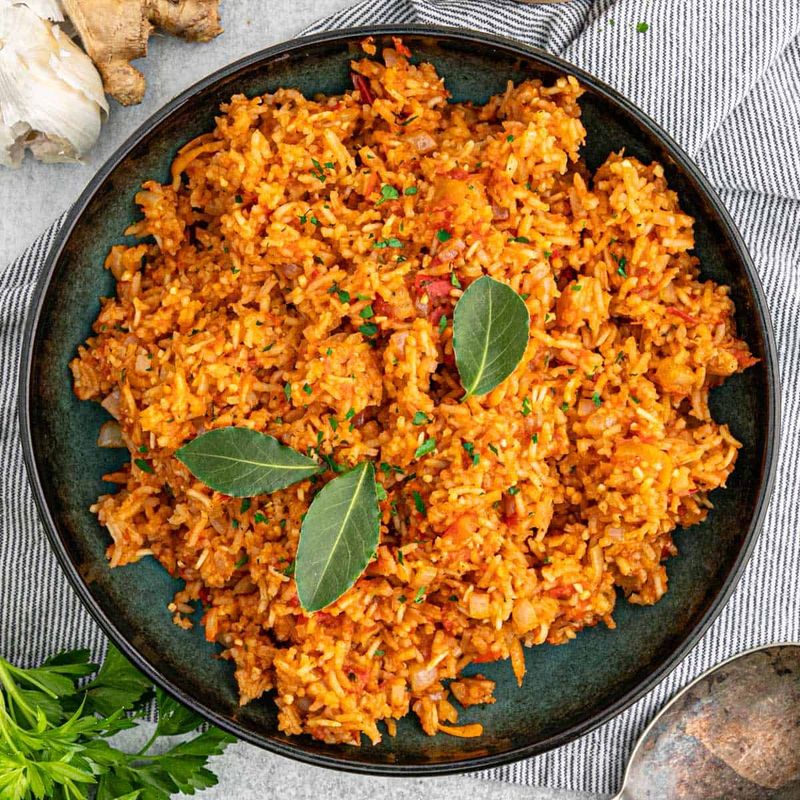
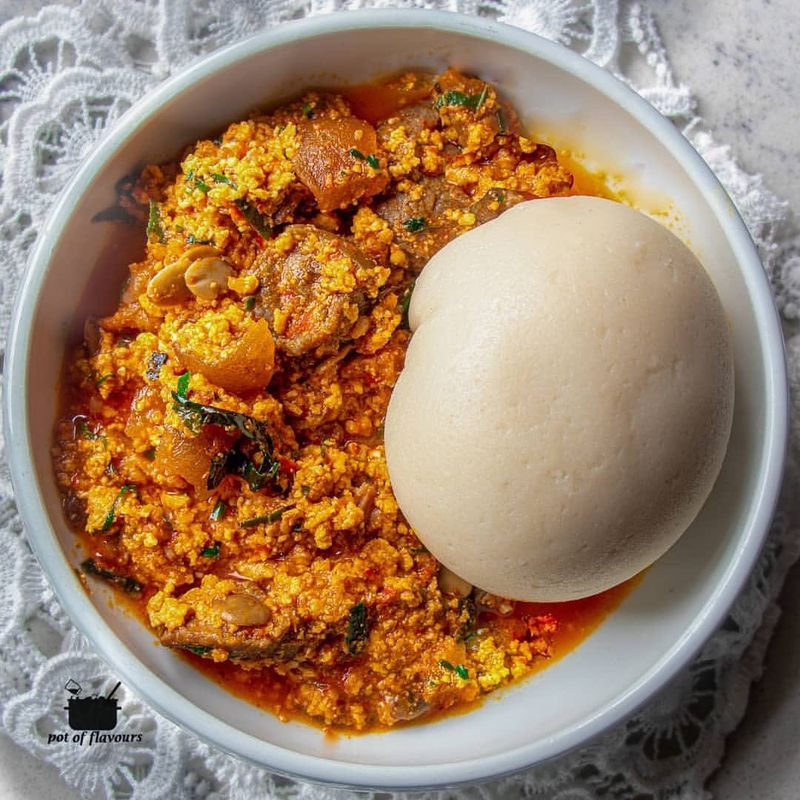
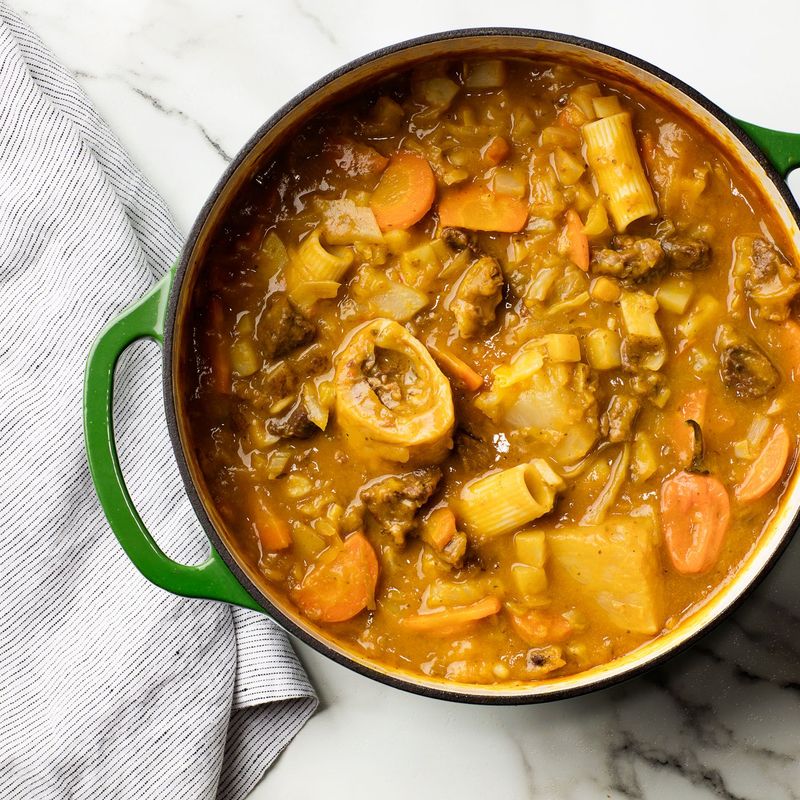
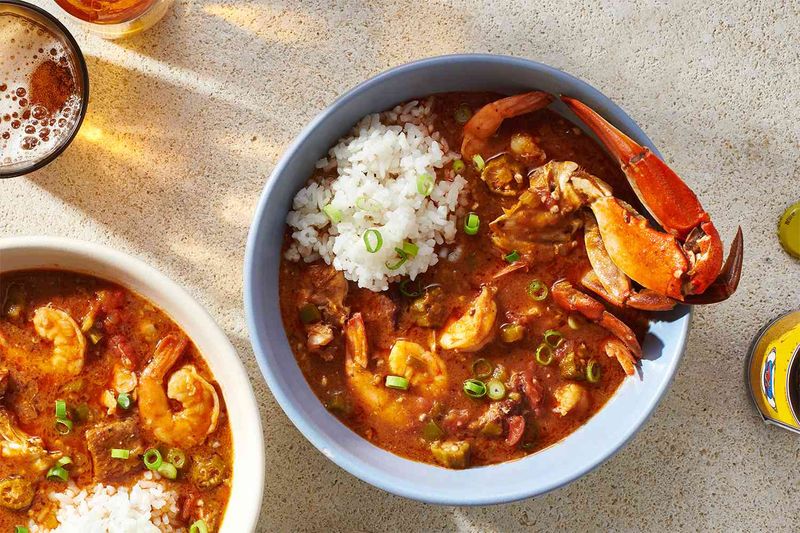
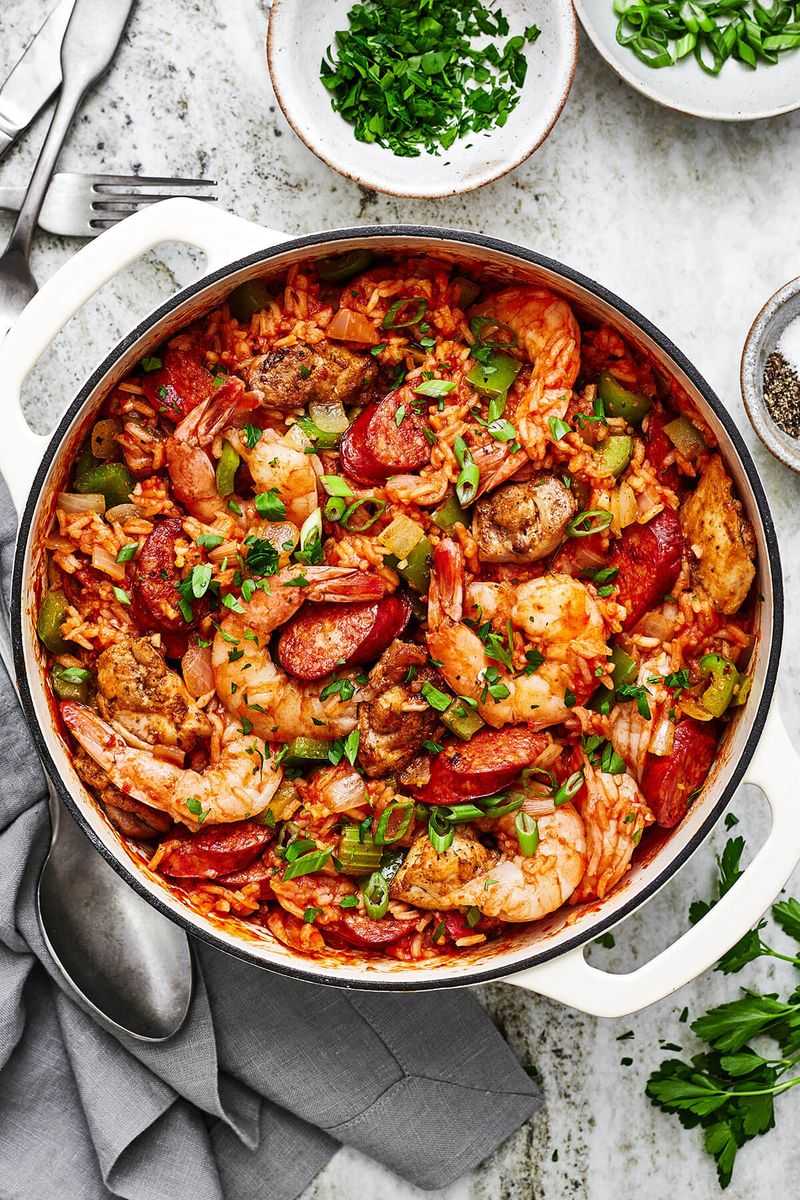
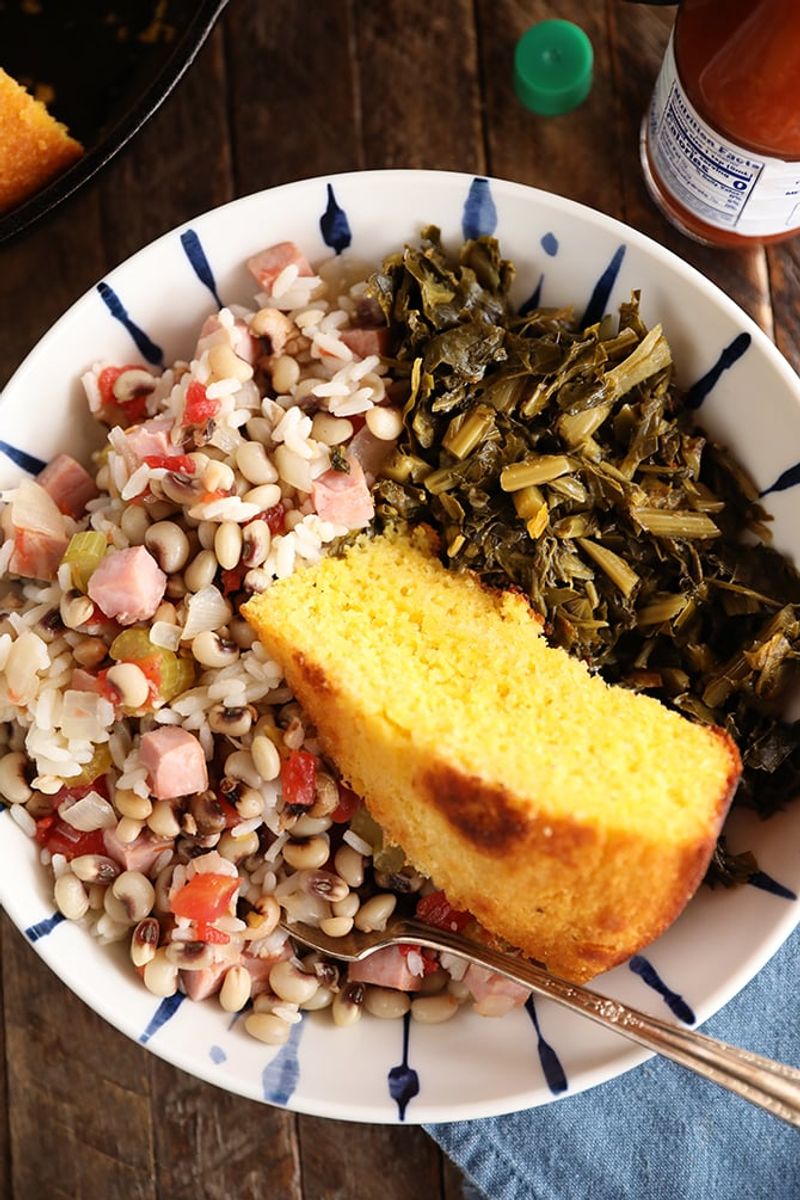
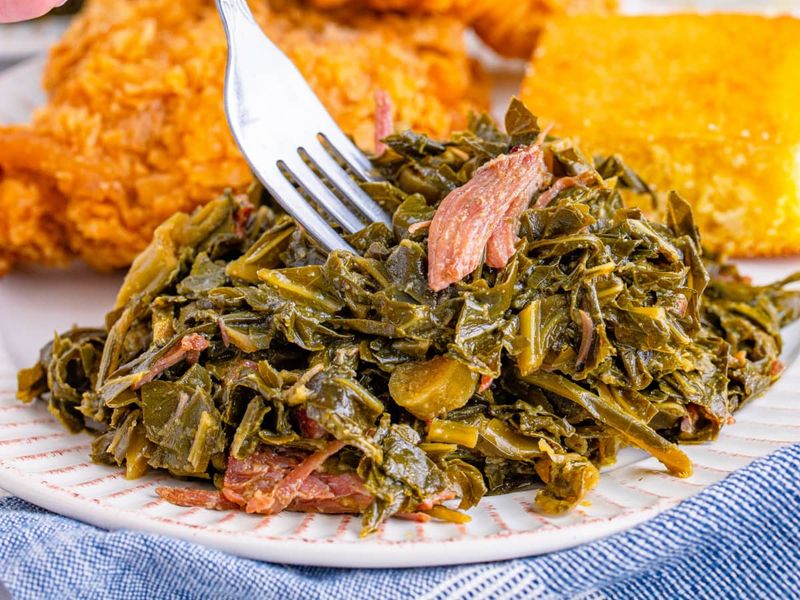
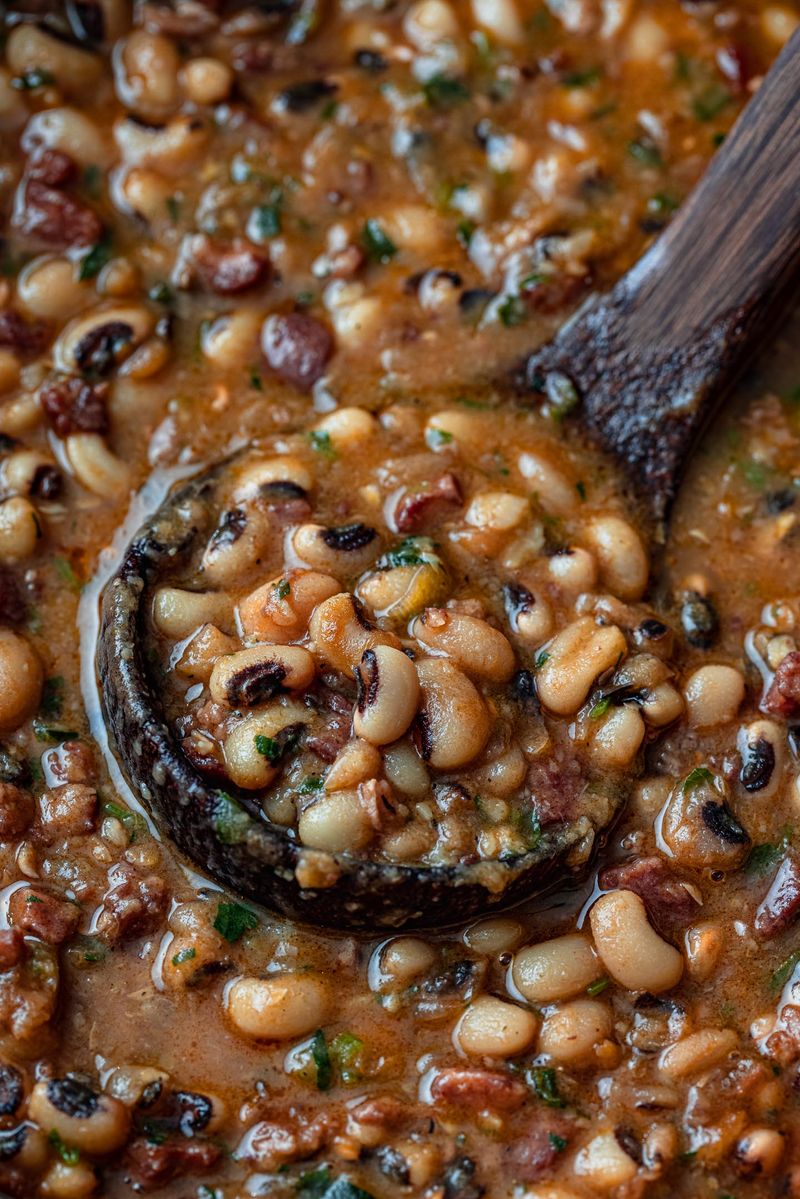
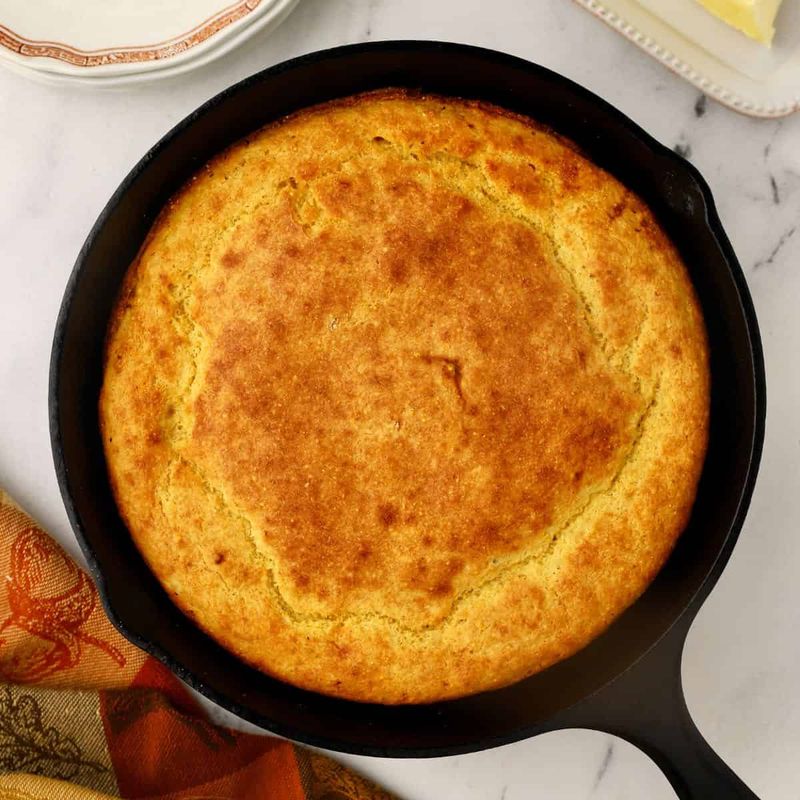

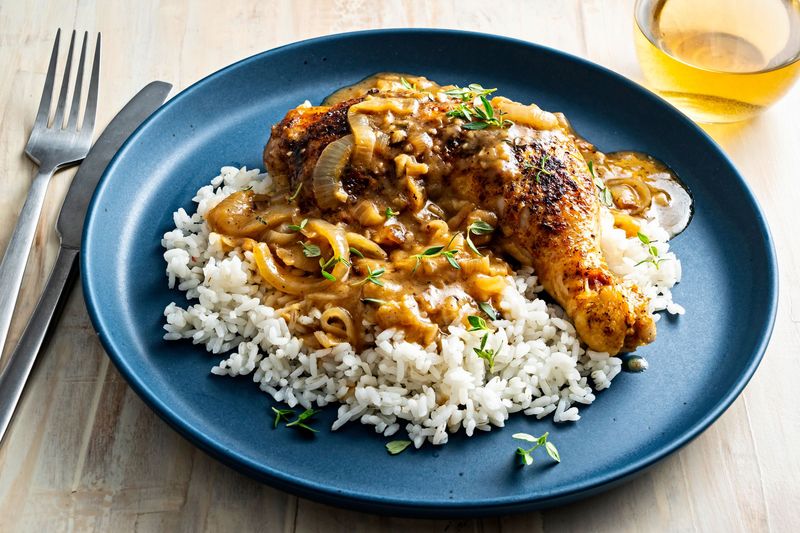
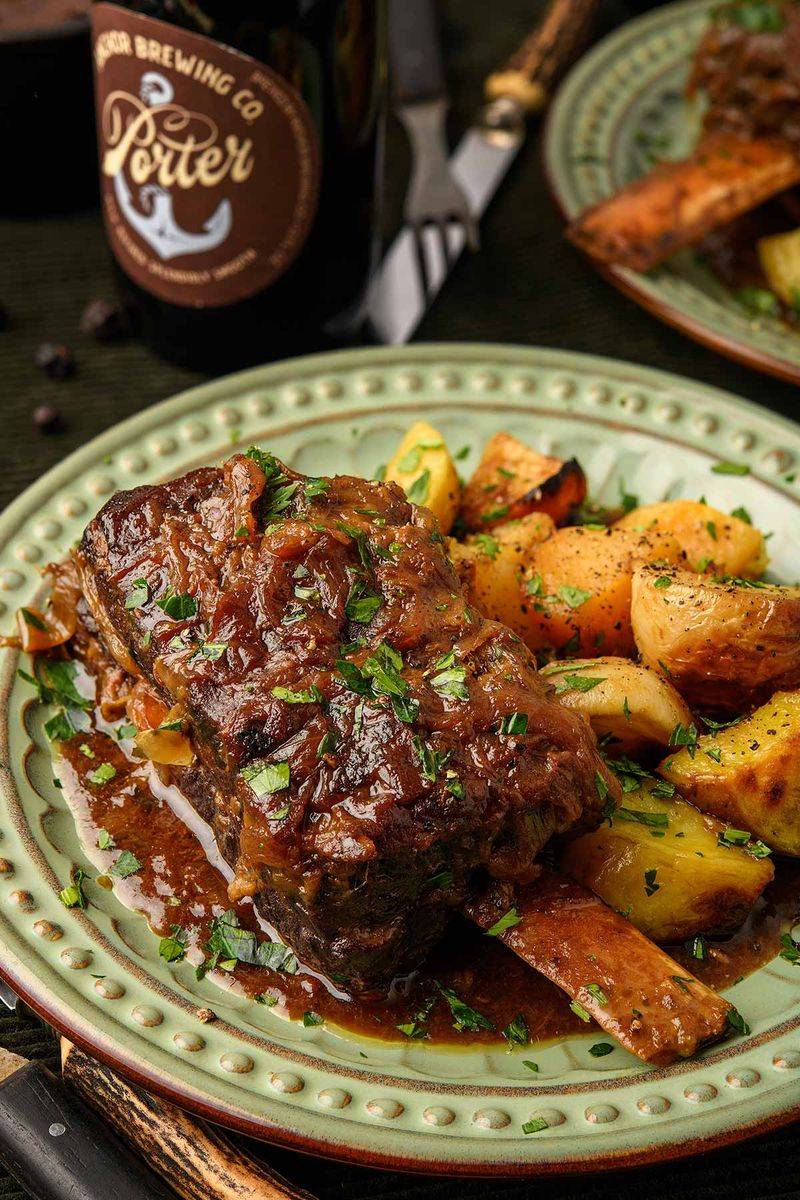






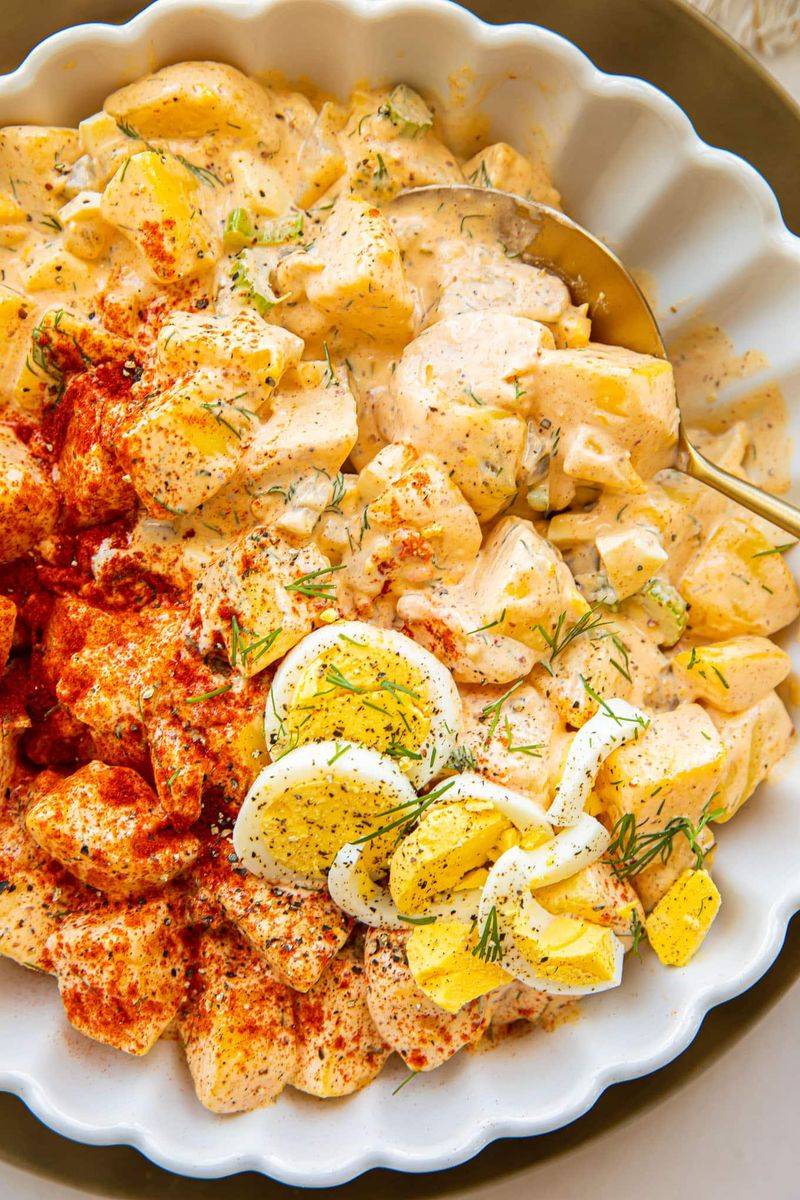
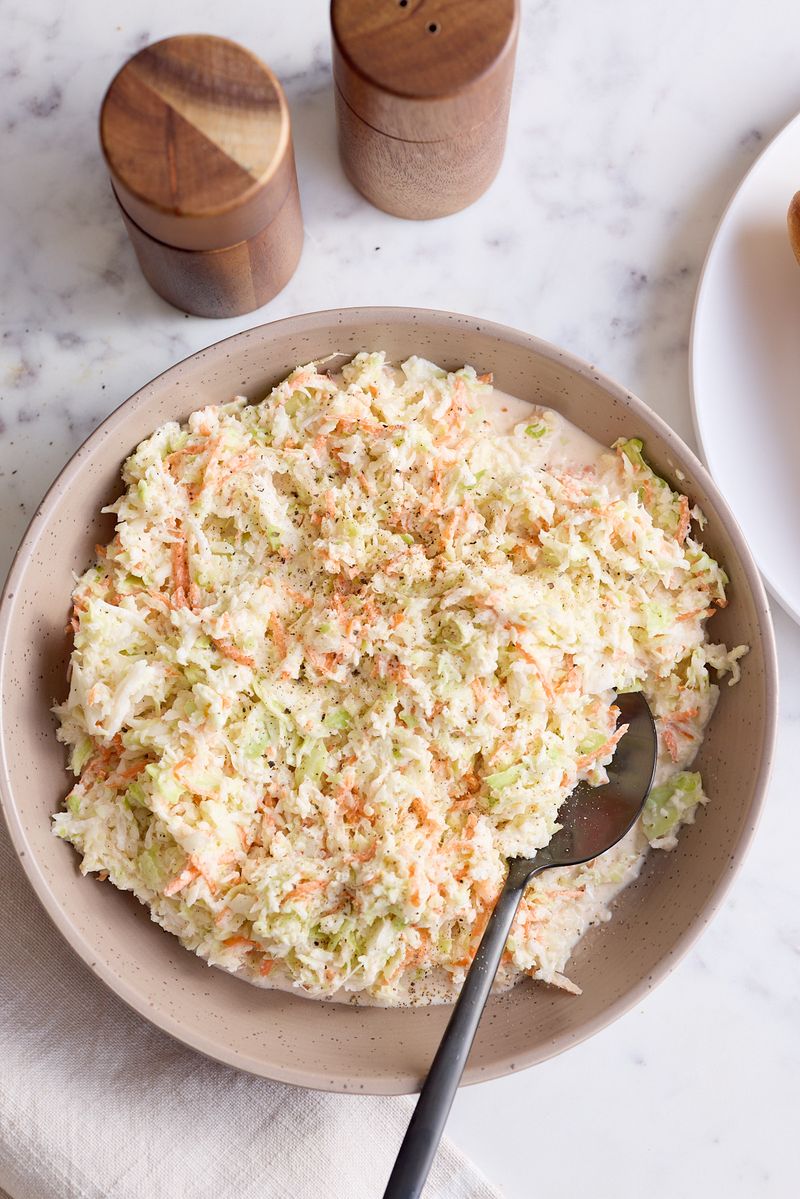
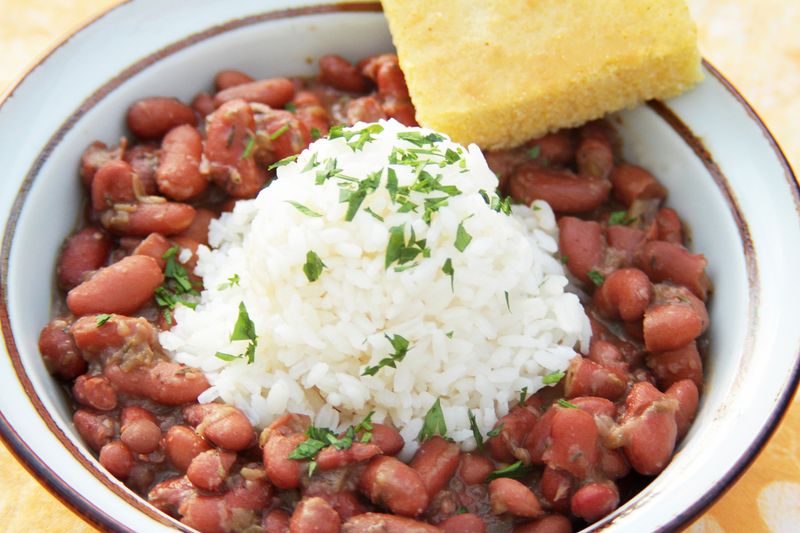
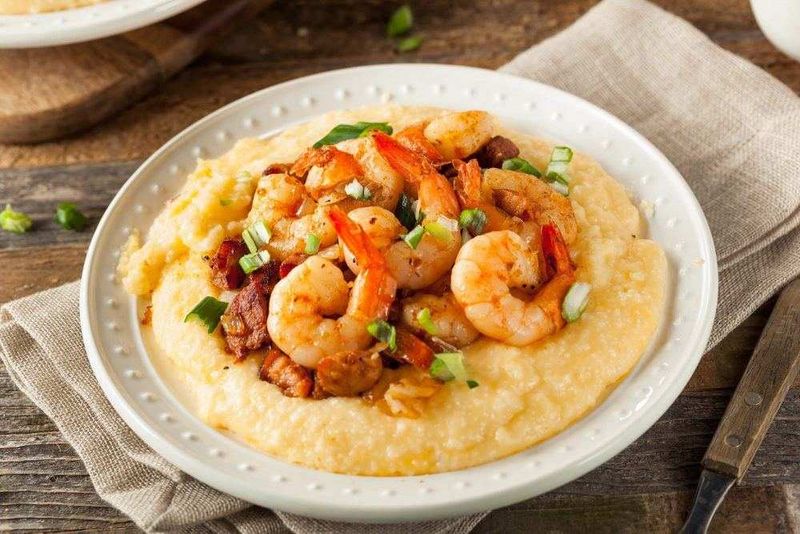
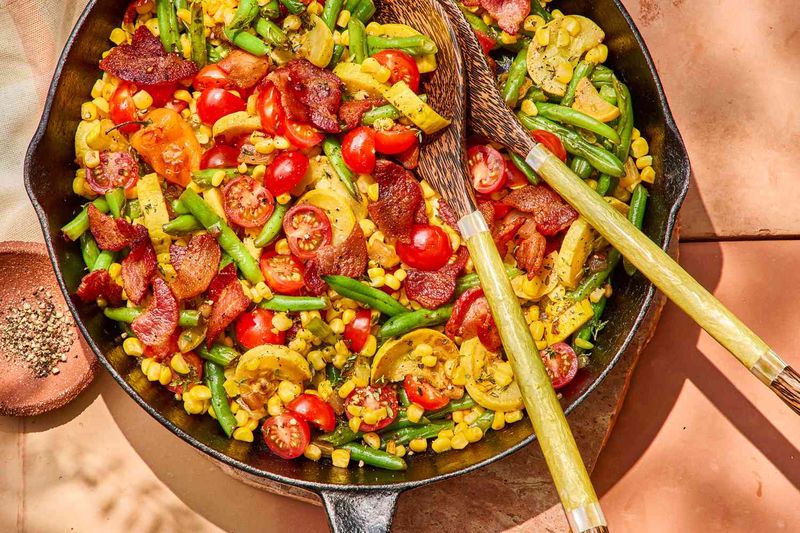

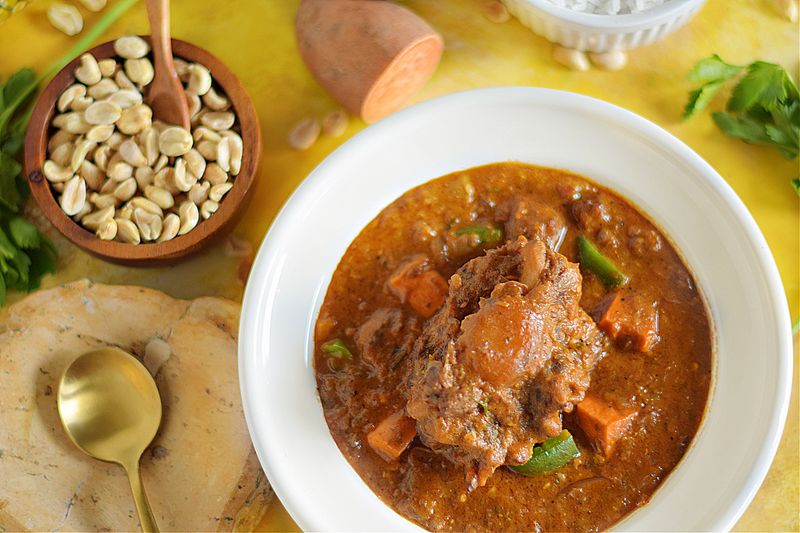


Leave a comment